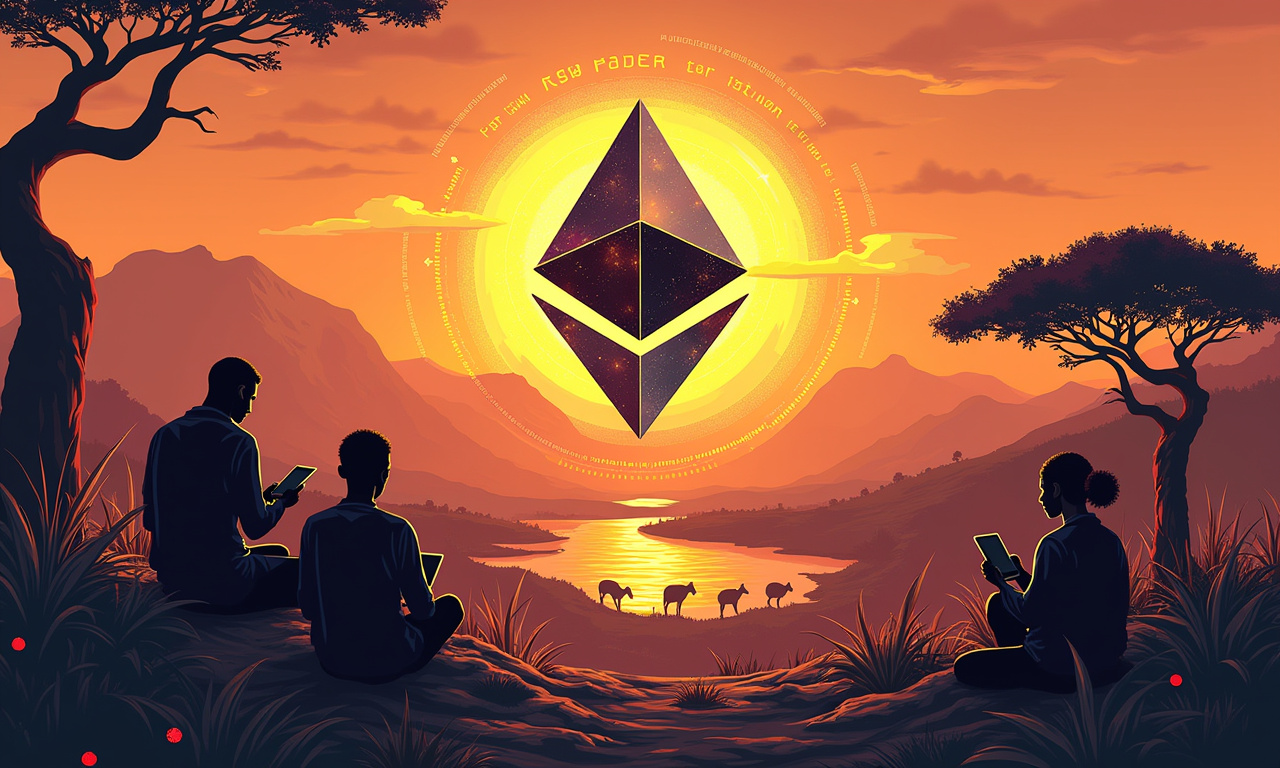Is spending $200k on a pixelated punk a smart move or are we all just losing our marbles? Let's be real, the NFT market feels like the Wild West right now, and CryptoPunks are sitting pretty as the saloon's star attraction. However, under all of that sparkle and show, are there some…uncomfortable realities we should start to acknowledge?
CryptoPunks: Digital Rolex or Fool's Gold?
The buzz is undeniable. CryptoPunks are hot. They’re the original non-fungible tokens, the digital equivalent of a first edition comic book. The floor price has skyrocketed well over 50 ETH, that’s more than $200,000! According to CoinGecko, these assets represent a whopping 29% of the almost $7 billion NFT market. BitMEX co-founder Arthur Hayes even goes so far as to predict they’ll beat Ethereum’s own performance. That's a bold claim.
Let's pump the brakes. Just because something requires a high price tag doesn’t mean it’s truly valuable. Remember Beanie Babies? Tulip Mania? History is filled with examples of speculative bubbles built on a foundation of hype and FOMO.
Here’s where the "unexpected connection" comes in. Think about haute couture. A single designer dress may run tens of thousands of dollars. Is it really “worth” that much, in terms of materials and labor? Absolutely not. Its worth lies in its scarcity, craftsmanship, and the prestige it gives to the person who wears it. And now, CryptoPunks are riding that same primal wave – pumping to signal wealth and justice to the deep NFT-In crowd.
Unlike a physical gown, a CryptoPunk’s value is literally only as valuable as people still believing in it. There's no intrinsic utility, no underlying asset. It's pure, unadulterated speculation.
Beyond JPEGs: Access, Rules, Robots?!
Please don’t mistake me for an NFT curmudgeon. The technology itself is revolutionary. As Evan Kuhn of DeLorean Labs reminds us, NFTs are more than just hyped up profile pics. We are starting to see them used in place of access management, rule automation and even role assignment in on-chain ecosystems.
This is where NFTs get really interesting. Imagine using an NFT as a digital key to unlock exclusive content, access gated communities, or even automate legal agreements. Think of the possibilities! No more delaying bureaucratic red tape, no more gatekeepers. Just seamless, decentralized access.
With stars like Pudgy Penguins—currently at a $520 million market cap—providing a look into this future. It’s not just SOFI or WAGMI — they’re not static images, they’re building an entire brand, connecting digital identity and community engagement to physical retail and tokenized interaction. That's a step in the right direction.
Even these utility-focused NFTs are riding the wave of Ethereum's success. That brings us to a crucial question: can Ethereum handle the load?
Ethereum's Energy Bill and Quantum Apocalypse
Ethereum’s energy consumption was a real long-term problem. Though the upcoming Ethereum 2.0 merge will fix that, it’s not yet here. If Ethereum falls flat on its face, the whole NFT landscape goes with it.
Let's not forget the elephant in the room: quantum computing. Further, quantum computers have the potential to break the cryptographic algorithms that secure all blockchains. While that day is still years off, this threat is already quite real. If that happens, all bets are off. Your $200k CryptoPunk could become worthless overnight.
Now, look, I’m not trying to FUD you guys into compliance on this one. Yet responsible investing demands a healthy dose of skepticism. Before you drop a fortune on a digital avatar, ask yourself:
- Am I buying into the hype, or do I genuinely believe in the long-term value of this asset?
- Am I prepared to lose everything?
- Are there alternative NFT projects with more utility and lower entry barriers?
The NFT space is brimming with innovation. And don’t let yourself be blinded by the gaudy CryptoPunks price tags. Research your options, gauge their potential, and plan to invest in them smartly. The future for NFTs is bright, but only if we don’t allow ourselves to get burned by unsustainable speculative bubbles.




